
Developer: Square Enix, Creative Business Unit I
Publisher: Square Enix
Platform: PS5
Tested on: PS5
Final Fantasy VII Rebirth – Review
Back in 2020, the world was wowed by Square Enix’s remake of Final Fantasy VII, which gave one of the most beloved titles from the franchise a second lease on life. While the main plot points were almost identical to the 1997 classic, the modernized mechanics, the beautiful graphics, and the new expanded format allowed both younger and veteran gamers to enjoy the story of Cloud on Sony’s PlayStation 4. The game was later updated for PlayStation 5 and ported to PC, to appeal to an even broader audience. That being said, Cloud’s story was not finished, and we had to wait four years for the next part. That time is finally over, but it was definitely worth the wait.
Story
Unsurprisingly, Rebirth picks up right after the events of Remake and continues the story from that point onwards. This second installment starts slightly confusing, as it seems the game went through a time skip, but as you progress, the pieces will fall into place. That being said, after a short introduction, the game continues with Cloud’s first encounter(s) with Sephiroth, filling in the rest of the group about his origin and his powers. After that, the story takes place out of Midgar, in a calmer and more modest setting in Kalm. Sadly, Cloud, Tifa, Aerith, Barrett, and Red XIII are still wanted fugitives, and Shinra decides to raid Kalm hoping to find the so-called eco-terrorists. The game trots along nicely from this point onwards, and you have the option to uncover small side stories as you progress as well.
Final Fantasy VII Rebirth is a direct sequel to the 2020 game Final Fantasy VII Remake, and thus it contains spoilers for said first entry if you haven’t played it yet. Even so, if you didn’t play through the original, Rebirth still has you covered, as there is a fairly comprehensive recap you can view from the menu. This explains the events of the first title, and it also allows gamers to play this one if they haven’t had the chance to play Remake. That being said, the story structure is somewhat similar to the first game, as you’ll see how the characters evolve, you’ll grow connections and bonds with new (yet familiar) faces, and the overall narrative manages to draw you in from the get-go. The story itself progresses at a steady pace if you solely focus on completing main story missions, but Rebirth also has a lot of secondary story content. You’ll uncover even more about the different characters if you take some time to delve into the many short side objectives.
Graphics
Graphically, Final Fantasy VII Rebirth is such a pretty game. Not only are the character designs superbly handled, but it’s also an actual joy to explore the world that gradually opens up around you. We enjoyed exploring every nook and cranny of the world, and even though there’s still a lot of static clutter that gets reused all the time, we often found ourselves taking in the breathtaking views. That being said, not everything is perfect, as some minor NPCs look a bit like animated wooden dolls, and we also encountered quite a few clipping errors from time to time. These are, of course, only minor remarks when it comes to an otherwise great-looking game.
Sound
Unsurprisingly, Rebirth comes with an amazing soundtrack. We did have to slightly alter the sound setting in the game as the standard volume drowns out the voice acting at times. Even so, the background tunes are exquisite and they respect the source material. We instantly relaxed when hearing the iconic Chocobo tune and we also got a small shot of adrenaline the moment the combat music kicked in. Credit should also be given where it’s due, and we can honestly state that the casting for the voice acting was perfectly handled. Even though some dialogues have that ’90s cheesiness to them, this actually fits great for a remake of a 1997 game. The SFX also provide great audio feedback, and the spells and attacks pack a proper oomph when connecting with enemies.
Gameplay
Final Fantasy VII Rebirth is an action RPG that puts a heavy focus on its narrative and its open-world structure that gradually opens up as you progress through the game. You’ll have to play through some more linear chapters as well, but for the most part, you get a certain degree of freedom to be able to tackle certain objectives in the order of your choosing. You’ll go through quite a bit of combat, party management, gear management, and additional side content.
If you have played Final Fantasy VII Remake, you already know what to expect in terms of combat. If you only have experience with the original Final Fantasy VII, then you’re in for a more fluid experience than the 1997 original. The combat in Rebirth ditches the traditional turn-based format and opts for a more free-flow type of combat. Your party members will all be attacking at the same time, while you’re able to move around freely, swap targets, and use skills and abilities. These abilities are reliant on your ATB gauge and available mana points. The ATB gauge will fill up per character during combat. You can swap freely between your characters as well, allowing you to maximize your offensive capabilities. The game allows you to stay in control at all times and cast the skills for each character individually or give the AI more control. We suggest staying in control yourself, as you’ll dish out a lot more damage this way. The more you get used to combat, the more you’ll optimize your party, and after a while, you’ll be able to summon strong allies in combat, use combination skills, and so on. Time will slow down when you are selecting a skill or ability in combat.
Party management is a key component in Final Fantasy VII Rebirth. You’ll have three active party members in combat, and you can swap these around freely in between battles. Not only can you then create a more balanced party in terms of skills, but you can also make sure there’s a better synergy. As you progress and level up your characters (and party), you can unlock more skills that allow characters to perform combination attacks. This adds another layer of strategy to the combat, and it also ensures that you can create fun and unique party builds in the process. It essentially means that if you invest some time into party management, combat will become quite a bit easier. Things get even more interesting when you also dedicate yourself to gear management and assigning Materia to your party members. Materia will unlock even more skills or passive upgrades.
We are often not the biggest fans of adding filler content to games to artificially make them a lot longer than they really are. A lot of RPG titles add a lot of useless side-quests in order to keep the player engaged while adding little to no actual value to the experience. For the most part, Rebirth has a lot of fun and interesting side quests that end up being very rewarding. Not only are they scattered around the map in such a way that you’ll eventually have explored the entire world around you, but they provide you with fun interactions, bonding EXP with characters, and general party EXP. We were quite motivated to tackle (nearly) all side-quests in the game, as we were curious to see what characters we would encounter or what loot we might bring home. There’s also a bit of variety to be found in the side quests, as some trigger small button-pressing mini-games, while others require you to clear certain conditions in combat. Rebirth even has an intriguing card game by the name of Queen’s Blood that you can really spend quite a few hours on. Compared with Remake, we feel the world in Rebirth is a lot more open, giving you more freedom.
The game also gives you access to Chocobos quite early on, allowing you to traverse the world a lot quicker. This is a nice plus, and it speeds up the process of grinding for experience or clearing many side quests. We did notice a few more dated mechanics here and there, making it feel as if the game is still running on somewhat more dated coding. For example, we encountered quite a few invisible walls, were unable to climb tiny ledges, could only jump off or climb on at designated areas, and so on. This is only a minor gripe in an otherwise perfect track record, however.
Conclusion
Final Fantasy VII Rebirth is the second part of a remake done right. You’ll be treated to a very intriguing story, likable characters, great voice acting, an amazingly cinematic soundtrack, fun gameplay mechanics, and a lot of side content to sink your teeth into. This is one of those games where hours fly by, even when you’re just managing your party or playing Queen’s Blood. If you loved Final Fantasy VII Remake, then you’ll certainly love Rebirth too, if not more. This one could easily become game of the year for PlayStation gamers.
1 Comment
Leave a Reply
You must be logged in to post a comment.

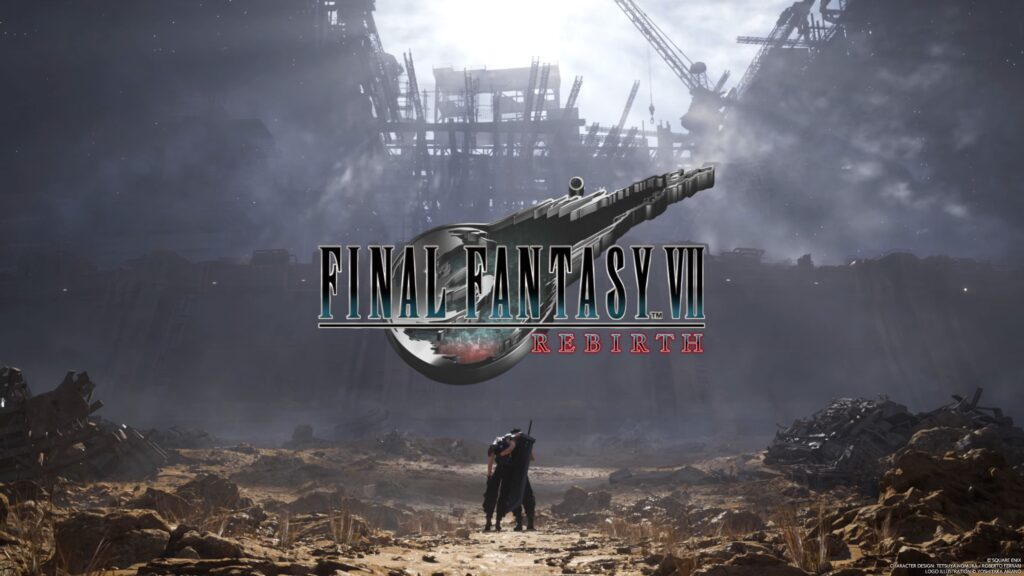
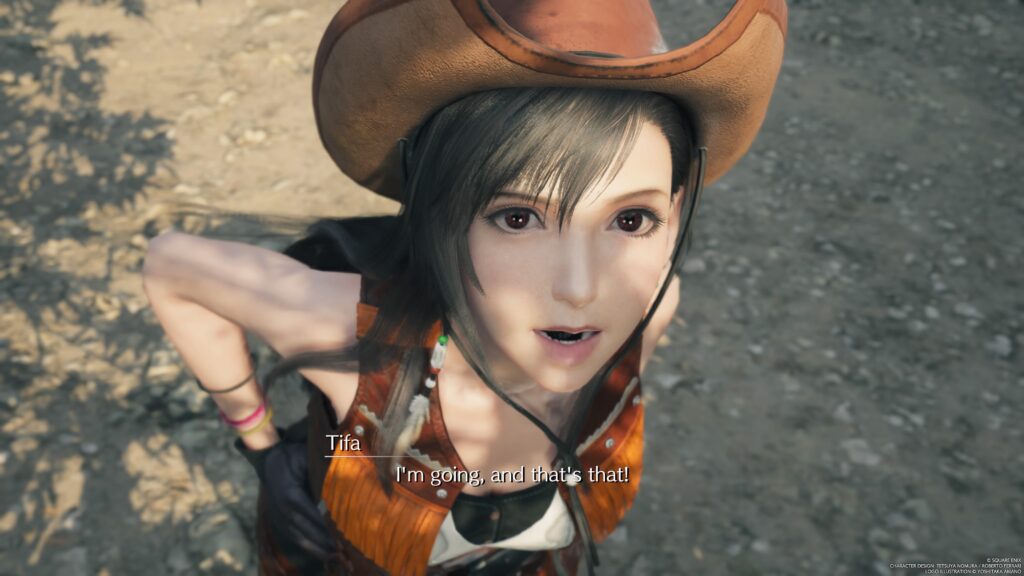
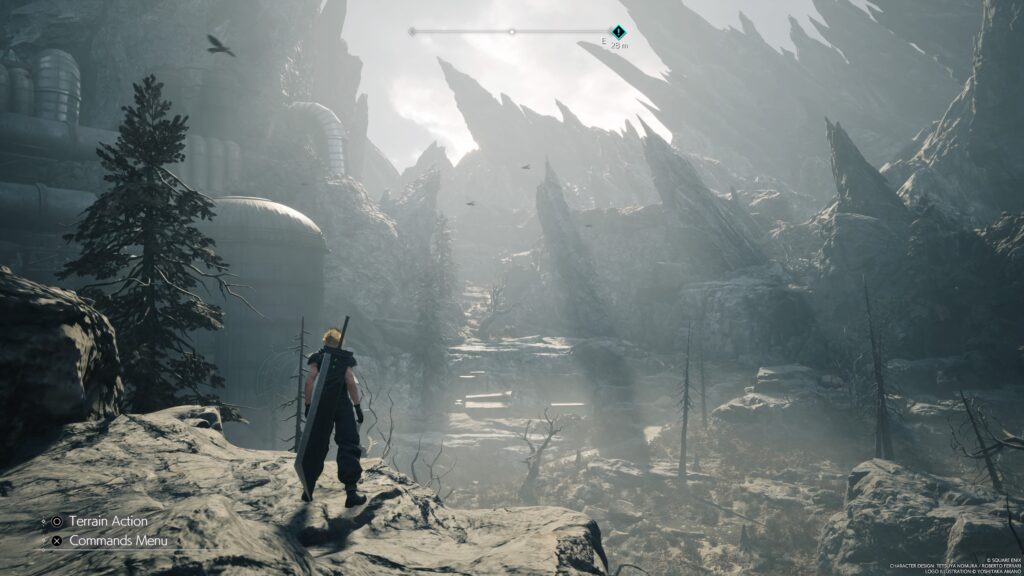
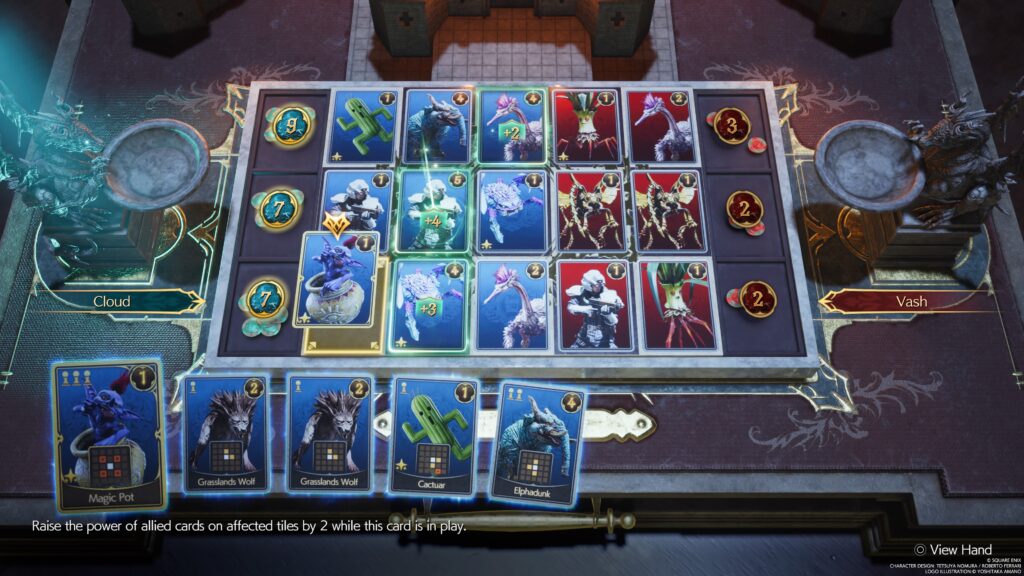
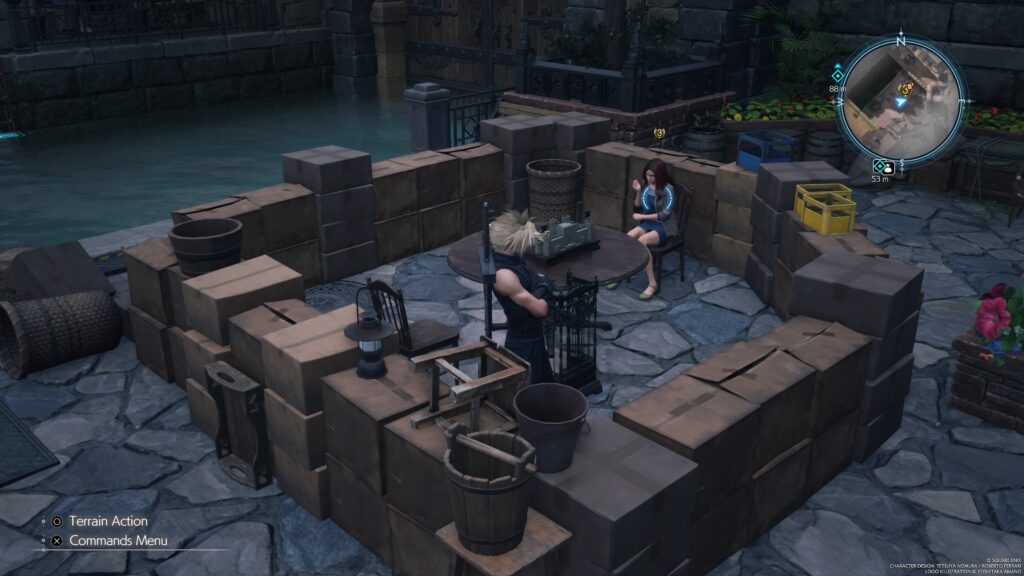
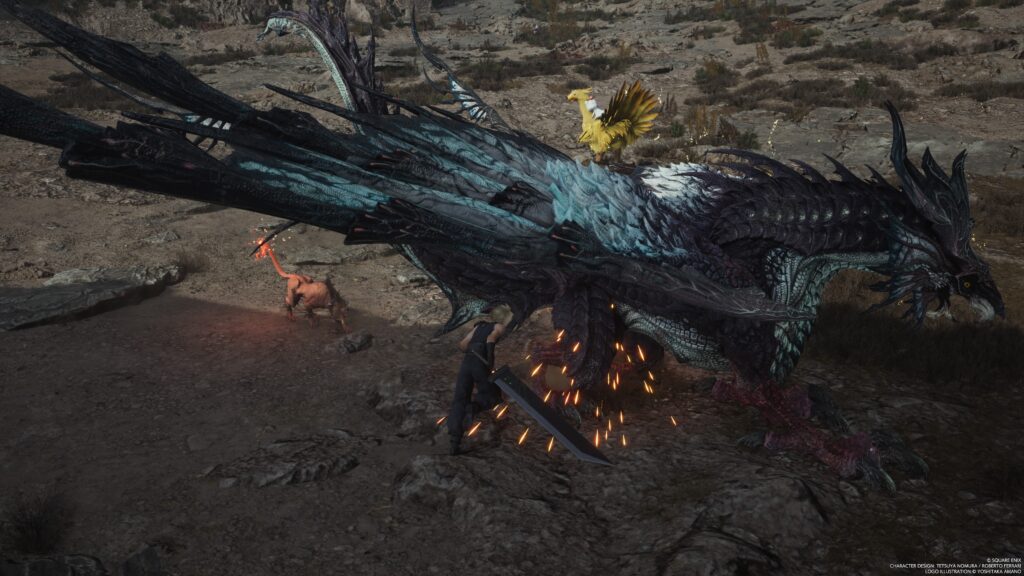

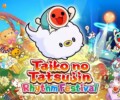
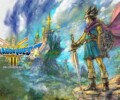
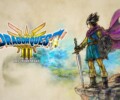
[…] to arrive on Steam. Now, you’d be hard-pressed to find a gamer who hasn’t at least heard of the Final Fantasy and Disney crossover series ever since it first debuted on PS2. Series protagonist Sora even made […]